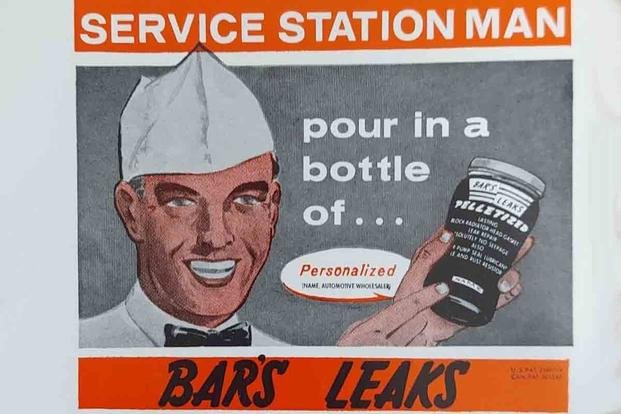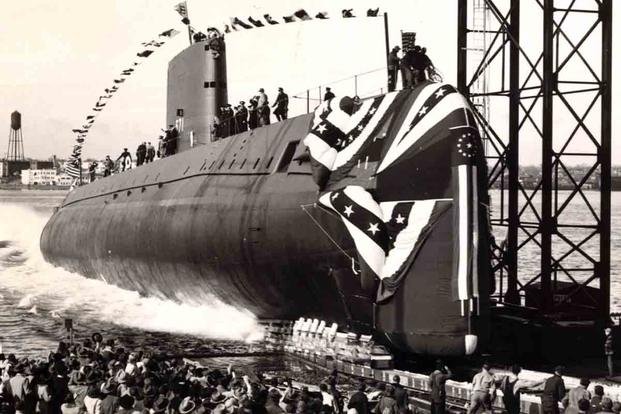In January 1954, the United States Navy launched a game-changing new weapon for the arsenal of democracy, the first operational nuclear-powered submarine, USS Nautilus. It was the fourth vessel to bear the name of the fictional submarine from Jules Verne's 19th-century science fiction classic "Twenty Thousand Leagues Under the Seas," but it was the first to live up to Verne's vision.
Since the operational abilities of Nautilus far outpaced those of diesel-electric submarines of the time, the Navy did something equally incredible with it. This new sub sailed underneath the Arctic Ocean's ice, across the North Pole, entirely underwater. Called Operation Sunshine, the mission was nearly over before it began.
Luckily for the Navy, the skipper and the crew of the Nautilus, Seattle had some auto parts stores open.
Submarines built before Nautilus ran on diesel fuel and electric batteries, which meant they not only needed to refuel, but they had to come to the surface regularly to recharge their batteries. With its nuclear-powered propulsion system, SSN-571 had to do neither of those things, meaning it could stay submerged the entire time it crossed the Arctic Ocean.
Normally, crossing an ocean wouldn't be a problem for any ship or submarine, but the Arctic Ocean (at least, at the time) was covered in vast, dense sea ice. Before climate change, the submarines of the time could neither punch through the thick ice or traverse it (punching through sea ice is still a difficult undertaking).
In the wake of the Soviet Union's Sputnik launch, President Dwight D. Eisenhower wanted to reassure the military (and potentially the American public) that a submarine-based missile deterrent would maintain the nuclear balance of power. Operation Sunshine was supposed to be a display of advanced American technology. The range of Nautilus changed the Cold War game under the Arctic Ocean, but someone had to make the first trip.
When the submarine arrived in Everett, Washington, on June 2, 1958, it was scheduled to stay the night, then head for Seattle for another night before departing on its secret mission. It arrived in Everett to a lot of fanfare from civilians and journalists, but the vessel had a problem: A condenser unit was leaking and threatened the entire mission.
You can't just send a bunch of sailors out to any old auto parts store to get materials to repair your new, game-changing nuclear submarine. Cmdr. William Anderson, Nautilus' captain, also couldn't call attention to the issue through the usual channels due to security concerns. Somewhere along the way, however, someone aboard the sub figured out they could just use Bar's Leaks, a popular automotive product for leaking radiators, on the condenser unit.

To keep anyone outside the boat from getting wise to the problem, Cmdr. Anderson had his crew dress in civilian clothes and pile into taxi cabs in Seattle. They went off to auto parts stores and service stations to buy as much of Bar's Leaks as they could find. The crew returned with 140 liters of the stuff. It worked: 70 liters of Bar's Leaks fixed the condenser, and they had the other half to use later, if needed.
On June 9, 1958, Nautilus set sail, painted over its identifying numbers and headed for the Arctic Ocean. This initial mission had to be scrapped because the ocean's floor had yet to be mapped and the vessel ran into heavy ice. It successfully made the voyage later, departing from Pearl Harbor on July 23 and crossing the pole on Aug. 3, 1958.
-- Blake Stilwell can be reached at blake.stilwell@military.com. He can also be found on Twitter @blakestilwell or on LinkedIn.
Want to Learn More About Military Life?
Whether you're thinking of joining the military, looking for post-military careers or keeping up with military life and benefits, Military.com has you covered. Subscribe to Military.com to have military news, updates and resources delivered directly to your inbox.
















